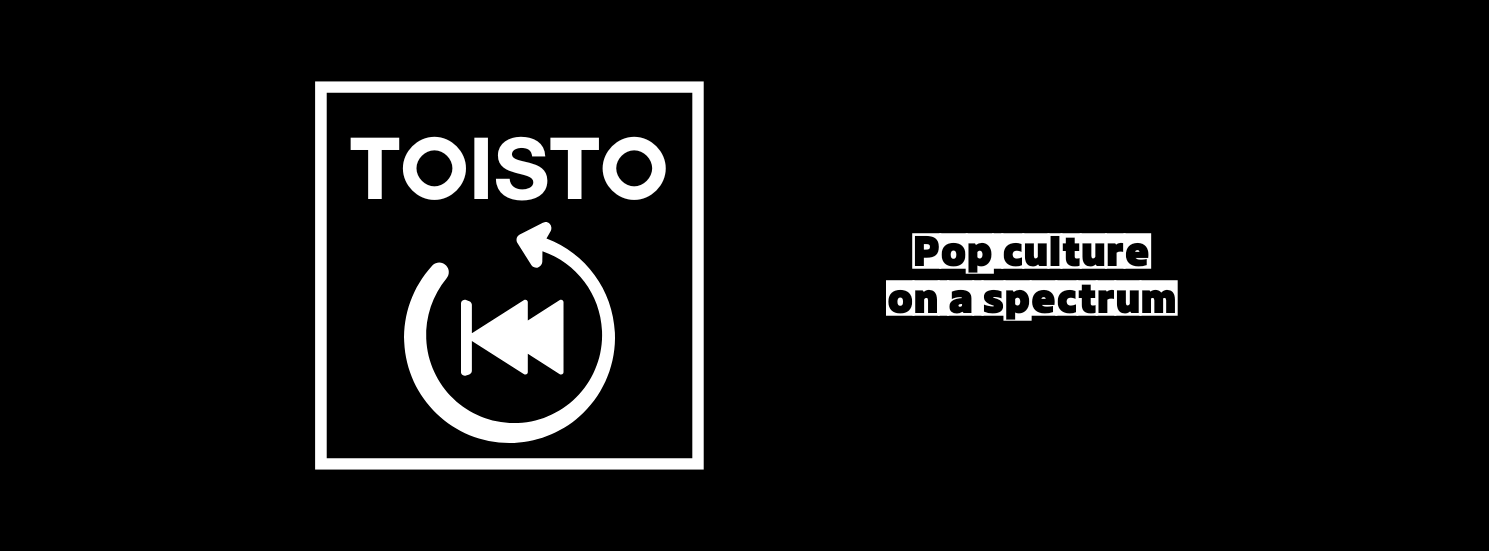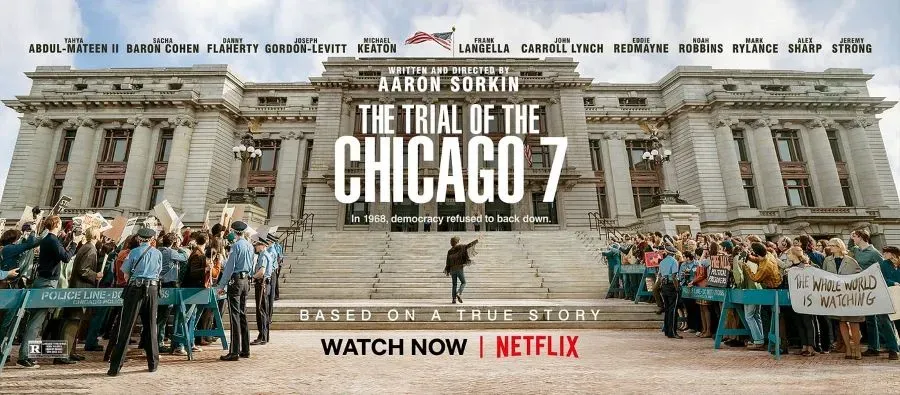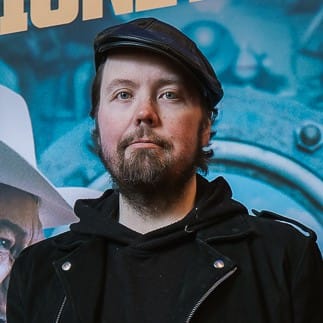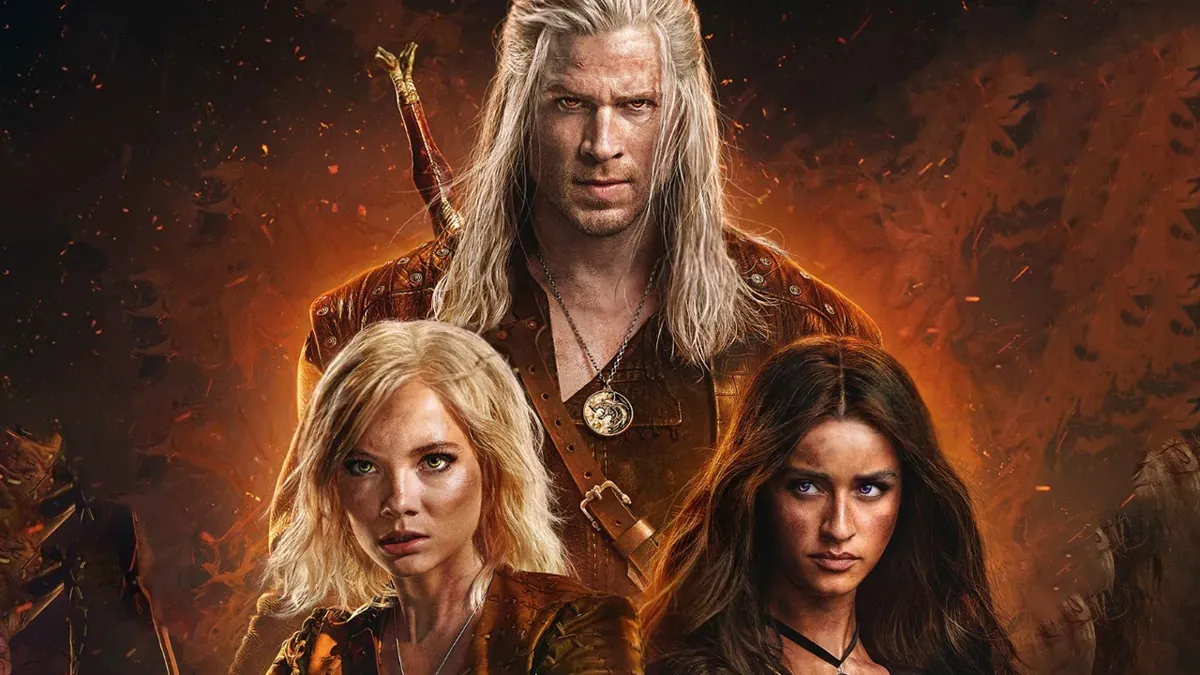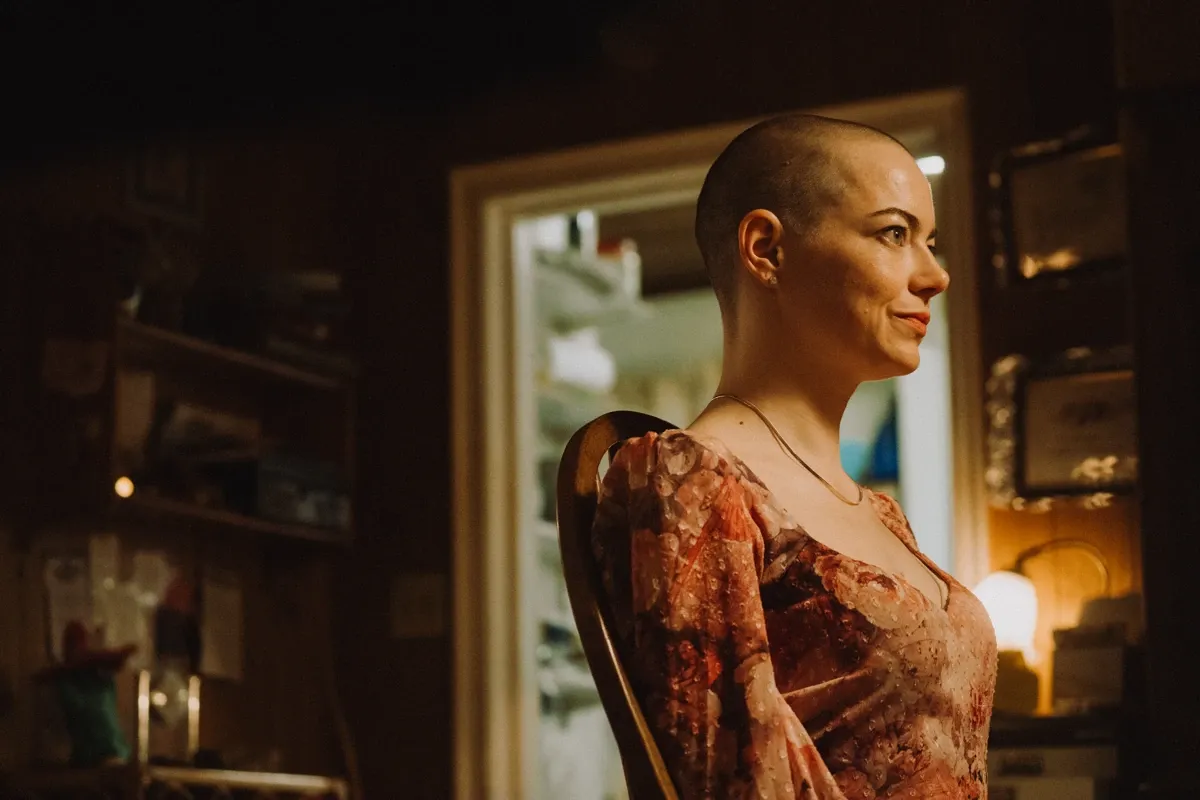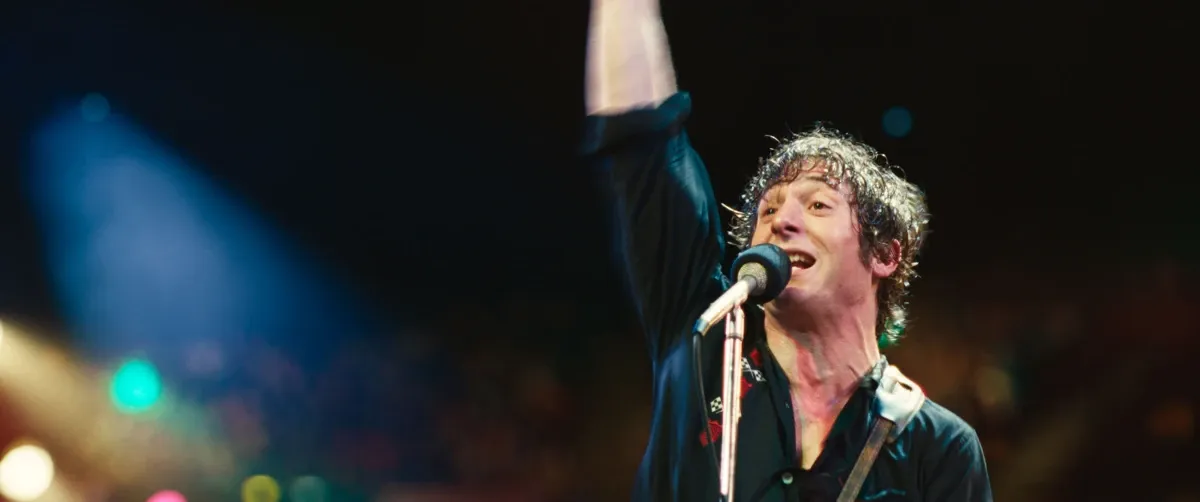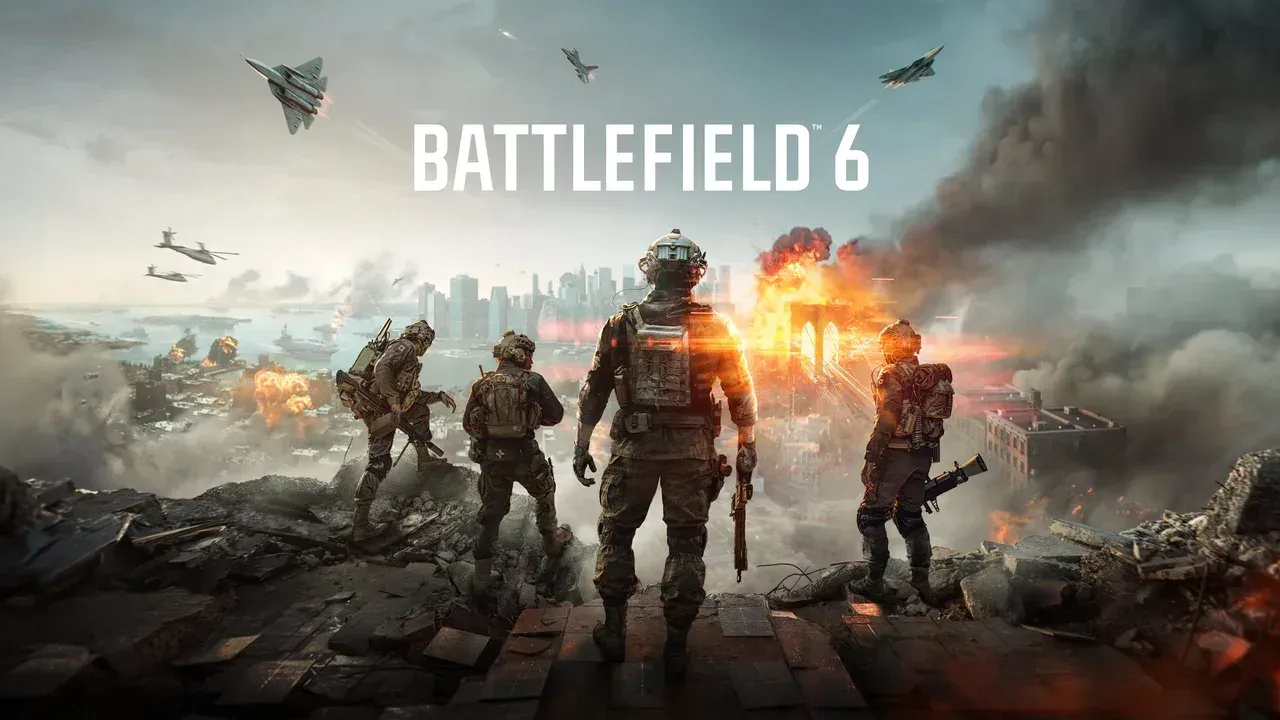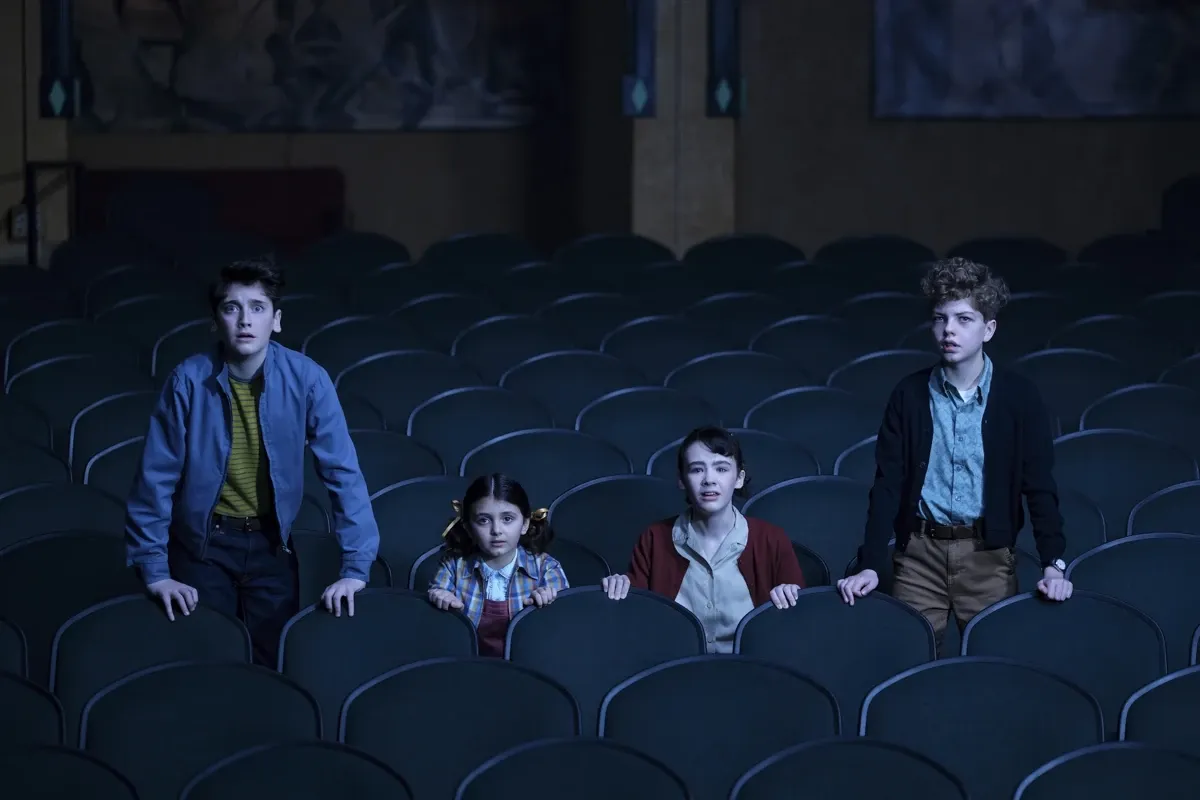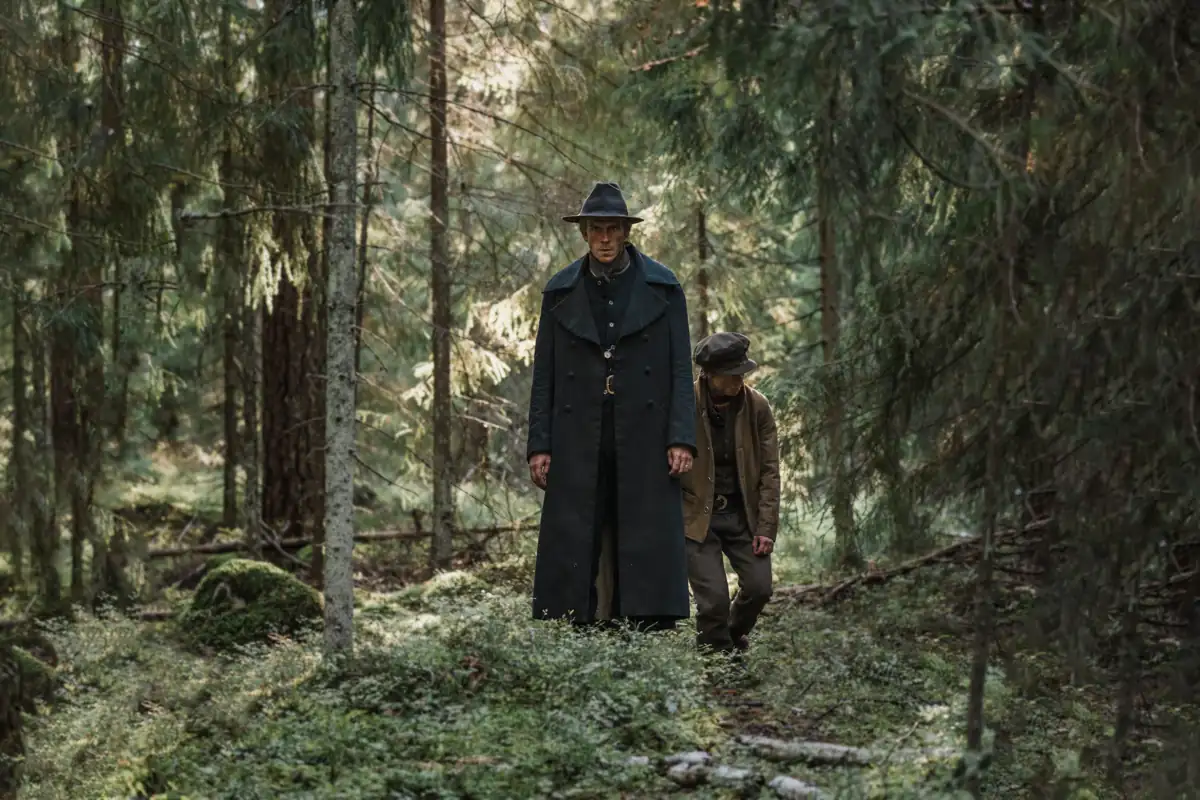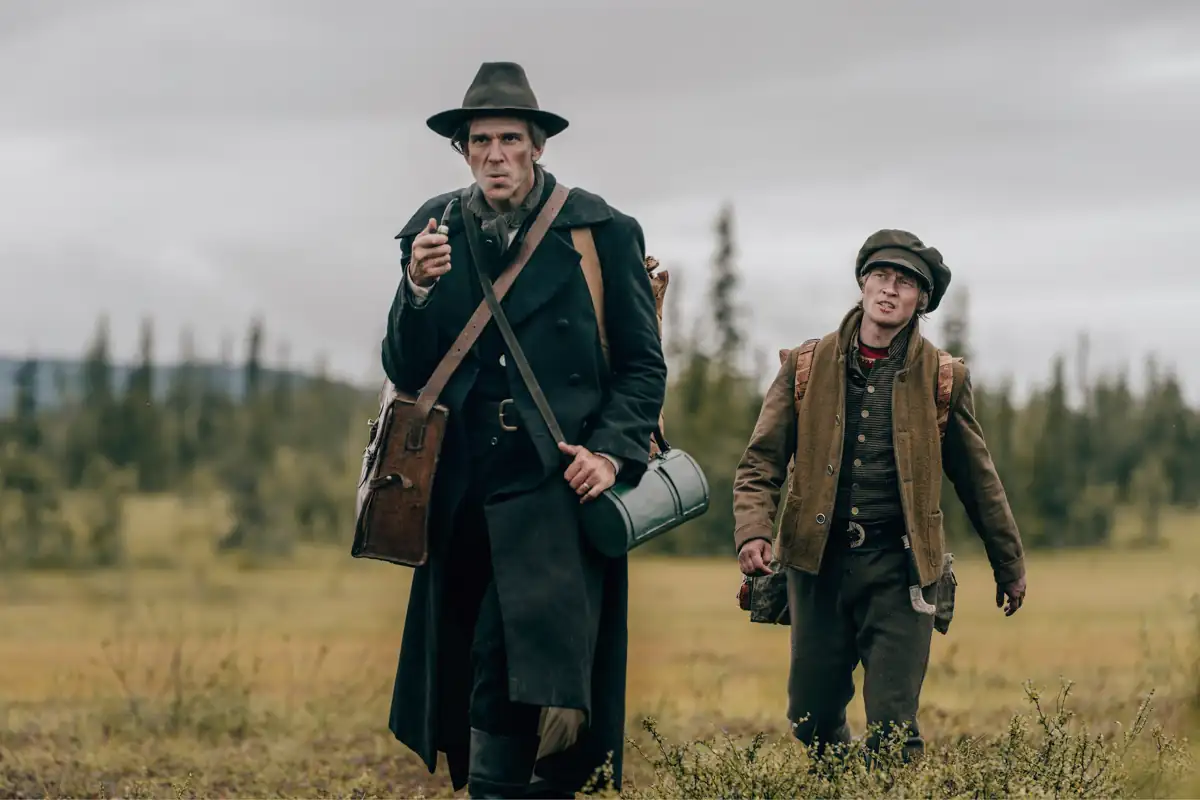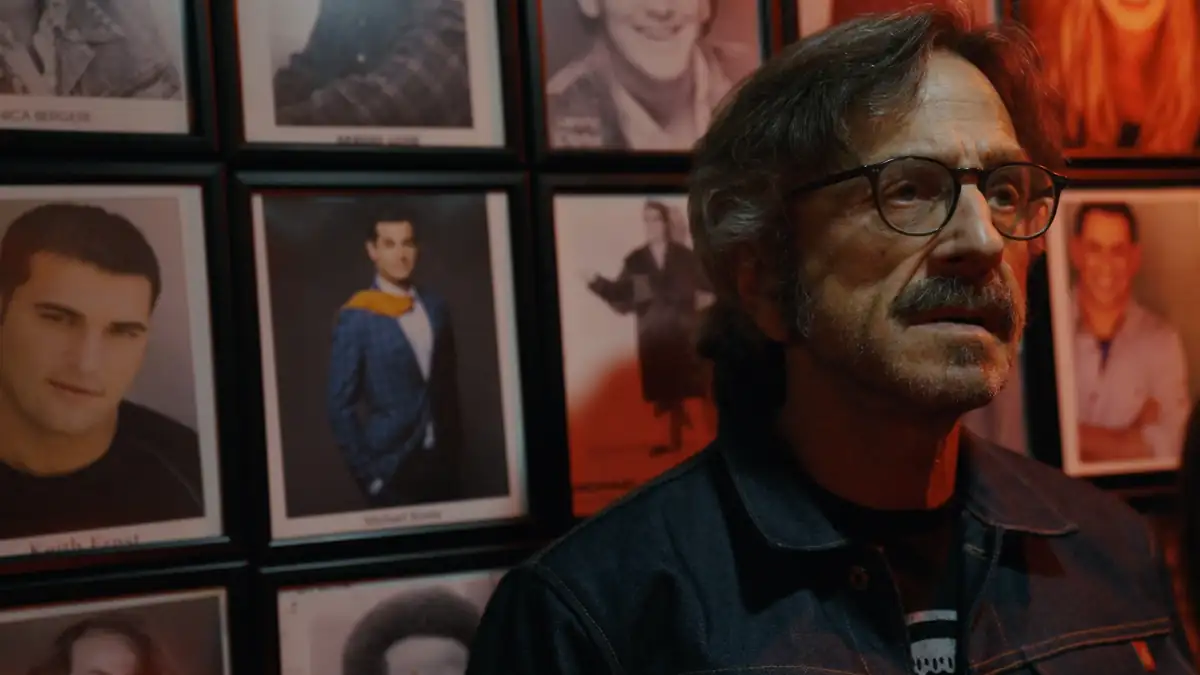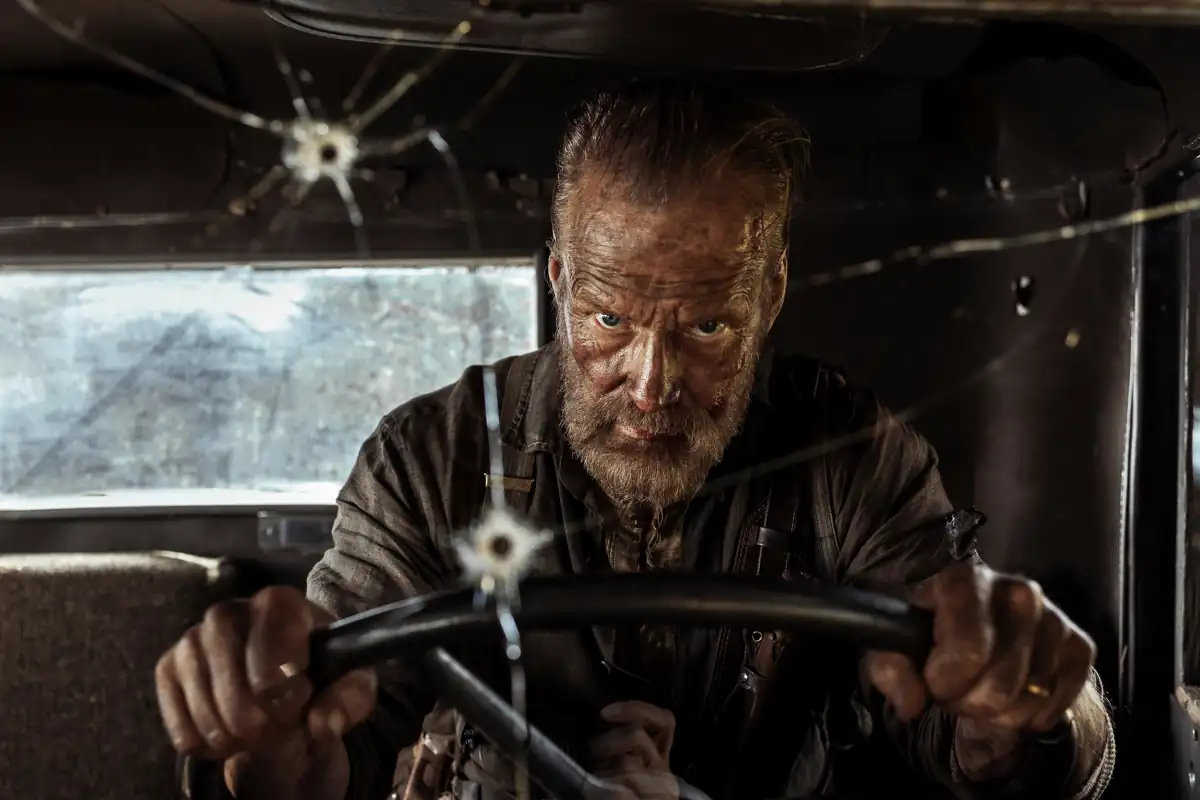Directed by Aaron Sorkin, THE TRIAL OF THE CHICAGO 7 is an exciting piece of docu-fiction peppered with moments of eruditeness and undercut by its methods and conclusions.
It is a necessary film as an opening statement, but it refuses to let any questions or doubts linger by the end. It is content in comfortable statements, too timid to step out of line as The Chicago 8 did in their day.
In addition, Sorkin (who also wrote the script) can’t help but tamper with history to satisfy his centrist politics. In his hands, an inherently revolutionary trial loses the edge of the counterculture. Instead, it settles for simplistic, soothing half-truths. Sorkin loads the film with talented professionals, each brilliant in spirit, but so wildly inaccurate they might as well portray fictional people altogether.
Coming out on top is Sacha Baron Cohen as Abbie Hoffman. Cohen captures the activist’s wry energy and spearheads the film with tremendous power in a career-best performance. Yet he never gets to speak up the way Hoffman did. He’s robbed of his voice at the moment of truth towards the end.
Instead, Sorkin favors the story of Tom Hayden, the very picture of a white suburbanite who would become governor of California. This is his film, even when the scene doesn’t require it. Hoffman, the more erratic and challenging part of the duo, is here to prop up Hayden’s centrism as the correct answer.
Most notable is the scene where Hayden and Hoffman duke it out over their methods. Hayden is disgusted that if cultural reform does happen, people would think of its image as Hoffman’s alternative lifestyle involving free love and drugs. Sure, there might be societal change on an overwhelming level, but at what cost, Hayden argues. “We need to win elections,” he screams. “It’s the only way to affect change.” Later, Hoffman praises Hayden for being a hardcore patriot, agreeing that an election is the same thing as overthrowing the government. Right before his moment on the witness stand is cut before he can speak.
Hoffman died by suicide in 1989; Hayden became the governor of California, turning increasingly center-right in his politics over the years. It’s not unclear who Sorkin finds affinity with, but it is disappointing. Sorkin can’t help but demonize alternative lifestyles, even those he took part in. This hindsight postulation feels even worse considering how the movement was co-opted and diminished by the government.
What’s worse is that Sorkin uses the real tragedy of Black Panther activists Fred Hampton and Bobby Seale as a learning moment for the lily-white Hayden. Upon revealing that his friend was murdered by the FBI, the scene turns from Seale into a learning experience for Hayden. “Everything you do is in some way to spite your father,” Seale says. “You can see how that’s different from a noose in a tree.” It’s another instance of using black suffering to prop up white privilege.
Seale, played with dignity and nuance by Yahya Abdul-Mateen II, is barely present in the film, even as his part of the Chicago trial is one of the most explosive displays of systemic racism in history. Held in prison for months awaiting trial, Seale was refused a lawyer, his motions to represent himself denied, and, eventually, he was violently bound and gagged in the courtroom for days.
Sorkin wastes the moment for a cheap thrill. Instead of making his audience face uncomfortable truths about the American justice system, he uses it as an opportunity for white men to assert themselves as respectable. Seale is pushed to the back of the image, bound and gagged, as white men hover around him, asking if he can breathe. Moments later, they usher him from the room, never again mentioned beyond a brief text at the end. It’s a moment of GREEN BOOK levels of tone-deafness, written for a room already done with this crap.
The same fictionalization extends to all others as well: David Dillinger, a conscientious objector, known as an eloquent, if bullish orator, turns into John Carroll Lynch’s timid family man who is shocked at his ability to fight back. Jeremy Strong is unrecognizable as Jerry Rubin, the right-hand man to Abbie Hoffman. Here, he’s a Cheech & Chong outcast, easily confused and laid-back. In reality, Rubin was a conflicted and headstrong campaigner for social justice, so thoroughly broken by the system, that he switched sides in the end. Eddie Redmayne’s Tom Hayden remains virtually untouched by negativity. Even his missteps are there to paint him in the best possible light.
Joseph Gordon-Levitt has the thankless task of playing a Sorkin fence-sitter as Richard Schultz, the man prosecuting the Chicago 7. In the film, he’s a noble and honest government worker with severe doubts about what he’s doing. Unafraid to go against his bullying bosses or show respect for “the other side” when necessary. It’s a maudlin fantasy with no basis in reality.
The same goes for Frank Langella, hamming it up as Judge Julius Hoffman. While his dialog is almost entirely from the court transcripts, Langella plays Hoffman as a man so far gone he doesn’t know where he is half the time. It’s a dangerous proposition as it easily allows the viewer an easy escape. This is not indicative of a dangerously broken system; the problem is only one man.
There’s also Sorkin’s favorite ugly stereotype, that of the deceitful Jezebel. In the film, she’s the only woman with a noticeable part in the story, and her tactic is to seduce the witless Rubin. Why Sorkin feels such an outright fabrication is necessary is beyond me. But as an addition, especially one entirely based on their gender, it’s a glaring misstep.
These depictions and political alignments matter because the TRIAL OF THE CHICAGO 7 doesn’t stand by itself. It’s a perfectly functional re-enactment of events that lacks grace and subtlety. It references history, but only for lip service, which makes everything feel removed and lacks context.
Originally a project for Steven Spielberg, I can’t help but wonder just how much more depth his mastery of the craft could have brought to the table. Consider, for example, the bitter conclusion to BRIDGE OF SPIES, where the return to the American dream shatters under the stark realization of societal fences built under our very noses.
Instead, Sorkin embraces every ham-fisted narrative he can. He utilizes a myriad of narrative devices, from flashbacks to meta-narratives, and wraps them in a bizarre conclusion that pretends all this led to a happy ending. Some moments echo the films of Oliver Stone and Danny Boyle, and the cinematography tips its hat multiple times at Janusz Kaminski. But none of it comes together in a meaningful or satisfying way.
THE TRIAL OF THE CHICAGO 7 will mostly find value in reaching those who believe these matters don’t affect them. That they, as powerful (and mostly white) people in the West, are removed from the implications of “the others.” At best, it will allow these viewers to question a system that can, at any point, turn on anyone else and wonder what they can do to prevent it from happening again.
But in presenting itself in a vacuum as an easily digestible, entertaining, and exciting movie with a definitive ending, Sorkin may have accomplished the opposite.
Go beyond:
The real-life court transcripts.
Judas and the Black Messiah film.
COINTELPRO, an illegal government program to destroy minority activism.
